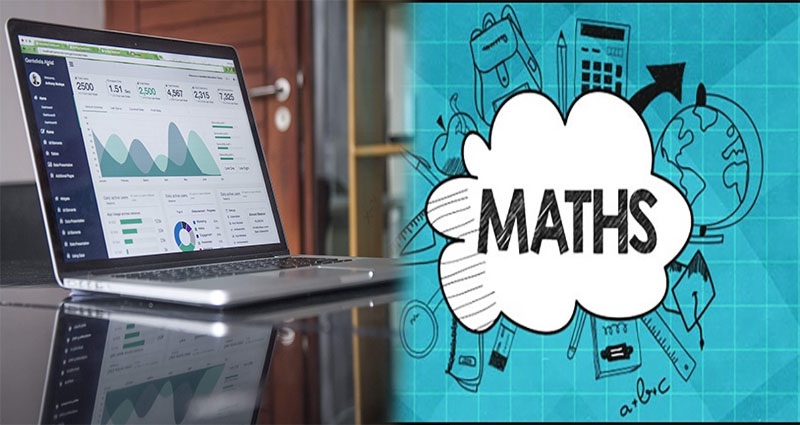There are several examples of mathematical economics, and the first is the Cournot duopoly. Game theory, Statistical econometrics, and Quantitative models are just a few. But each method is flawed in some way. The main problem is that none of these methods actually account for human actions.
Statistical econometrics
Statistical econometrics is a branch of economics that uses mathematical principles to make predictions about economic variables. It is a branch of mathematics that relies heavily on numerical methods and mathematical models. The goal is to generate statistical models that can be trusted. Statistical models allow economists to test their predictions.
It uses data from a variety of sources to make predictions. It may include historical stock prices or observations of consumer finances. It may also include unemployment rates and inflation rates in different countries. Data collection, analysis, and hypothesis testing are necessary for statistical econometrics to be valid.
Cournot duopoly
In mathematical economics, the Cournot duopoly is an example of a firm having a monopoly on a particular market. It assumes that both firms will adjust their prices to attract potential buyers. If both firms have the same marginal costs, the firms would produce half of the market’s output.
The Cournot model uses the Prisoners’ Dilemma to explain monopolistic competition. The two firms are identical and are colluding. The firms agree to share the profits equally. This structure arises from the fact that half of the profit is larger than half of the Nash equilibrium. If one firm unilaterally deviates from the agreed quantities, it can increase its profits to the point of over 50% of the Nash equilibrium.
Game theory
Game theory is a method for analyzing economic situations. It focuses on how competing economic agents behave and decide which actions to take. It helps analysts to better understand the behavior of oligopoly firms, which often face strategic decisions. The theory is important because it helps predict what will happen when a firm engages in specific behavior. It is one of the most influential tools in the analyst’s toolbox.
Game theory has been widely applied to a variety of problems and contexts. It emphasizes strategic and controllable aspects of decision-making, and it is a powerful tool in the study of economics. It has helped us understand political coalitions, determine optimal prices for goods and services, and analyze the power of voters. It has also been used in animal behaviour research.
Quantitative models
Quantitative models in mathematical economics are used to test theories and make predictions. This type of economics relies on mathematical definitions of economic phenomena, as well as statistics and hypothesis testing. These tools allow economists to develop precise models that they can test against real-world data.
They can also use these models to make quantitative predictions about the future course of economic activity. Advances in computing power and mathematical methods have led to the widespread use of quantitative methods in economics.
Quantitative models are also used by decision-makers to help them make predictions about the economy. In particular, they are used in monetary policy by central bankers, who want to know the impact of changes in official interest rates on inflation and the growth rate. In order to answer these questions, economists rely on mathematical economics and econometrics, particularly for optimization problems.











